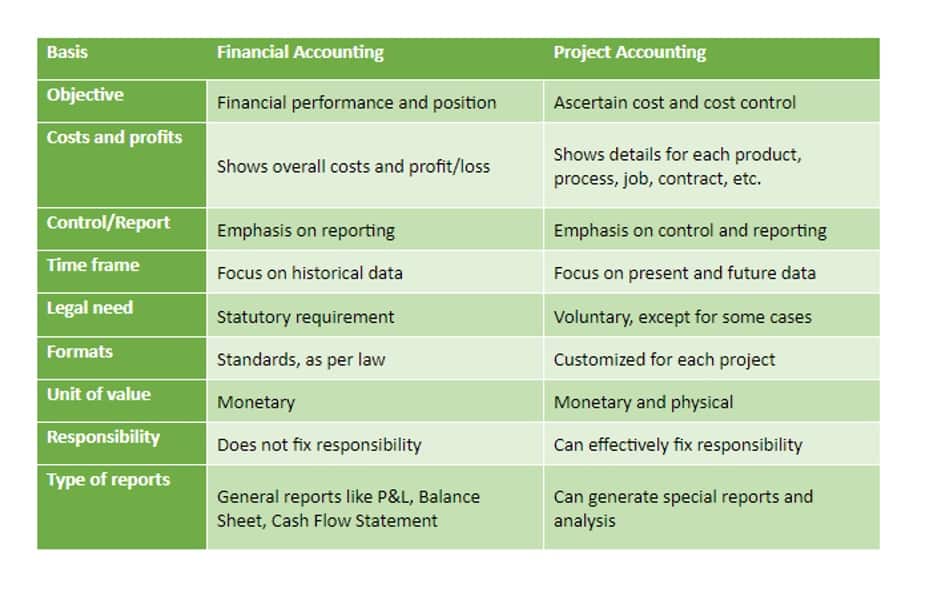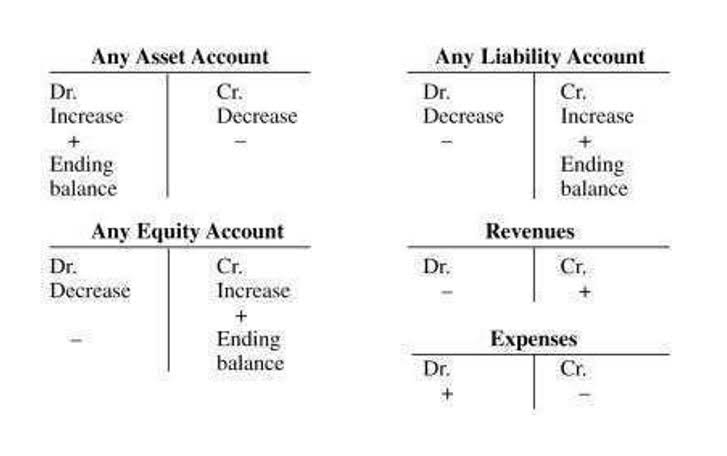
Shopify automatically tracks inventory levels across up to 1,000 different locations and warehouses. But before you can view or adjust inventory levels for a product, you need to set up inventory tracking for your products. Nothing’s more frustrating for a customer shopping in your store than when they see that the product they want to buy is out of stock. The chances of customers seeing an out-of-stock message increased by 235% in 2022, rising from one in 200 to one in 59. In 2021, 7.4% of retail sales—valued at $82 billion—were lost due to out-of-stock items.

inventory management techniques

If you’re selling products with expiry dates, every sale opportunity has a time limit. Managing inventory helps you avoid unnecessary spoilage by optimizing inventory control. Most of today’s inventory management systems are digital and cloud-hosted. They work across devices and users to ensure that everybody interacting with the supply chain is on the same page.
The Ultimate Guide to Small-Business Inventory Management
Or, by using handheld devices that scan product barcodes and RFID tags, you may use an inventory system that automates inventory balances as soon as stock is moved, sold, used or discarded. Economic order quantity (EOQ) is a formula for how https://www.bookstime.com/ much inventory a company should purchase with a set of variables like total costs of production, demand rate and other factors. The formula identifies the greatest number of units in order to minimize buying, holding and other costs.
- Click on the links below to jump to a specific topic with detailed guides and information.
- It also helps you manage the ordering, storage and carrying costs of your inventory, so you get a better ROI from your stock.
- To get inventory, an online store has to purchase finished goods directly from a manufacturer or a supplier, then have it shipped to a warehouse or fulfillment center.
- In most cases, you’ll rely on inventory software and reports from your warehouse management system to know how much product you have in stock.
- Another option is to try tracking your inventory manually using pen and paper or a spreadsheet program like Excel.
- Robust inventory management means you’re less likely to be surprised—you have a better handle on your expenses and costs, can keep an eye on your shrinkage and optimize the inventory you have on hand.
What is the 80/20 rule of inventory?
Proper inventory management also means offering buyers a seamless return experience while ensuring that usable inventory is reentered into circulation. Dead stock won’t sell—not because it’s expired, but because it may have gone out of season, out of style, or otherwise become irrelevant. By adopting a diligent strategy, you can address this costly inventory mistake. Six Sigma is a method that gives companies tools to improve the performance of their business (increase profits) and decrease excess inventory.

The inventory management system must seamlessly integrate these two aspects, ensuring that stock levels are accurately reflected in real time across all locations. Periodic inventory tracking requires taking a physical count of your inventory periodically—at the end of the month, quarter, or year. This, of course, is not optimal for all businesses, and can make tracking your inventory more difficult. If you can maintain your stock level to meet customer demand, then your business will be successful.
Retail stores typically deal with various products, often from multiple suppliers, each with their own lead times, pricing structures, and delivery conditions. These include multi-warehouse order allocation, kitting, tracking of lots, and expiration codes. Plus, its automation tools streamline recurring tasks, making daily operations smoother. ShipHero stands out for its ability to sync inventory perfectly across all channels.
- Whether you’re using an advanced IMS or starting with manual stock audits, improving your inventory management processes will directly impact your bottom line and help your business grow.
- As you are planning to stock up for, say, the next quarter, you can take reference from sales performance in the past quarter.
- And yet, it’s often an afterthought until something goes wrong – a customer’s favorite item is out of stock, or an oversupply of a slow-moving product is gathering dust in your warehouse.
- Also known as Gross Margin Return on Investment evaluates the profit return on the amount of money invested in inventory, showing the profitability of inventory.
- Depending on if you primarily resell products, produce your own or offer customers a mix of both, you might have a mix of the following inventory types you’ll need to account for.
How does inventory management work?
The software helps you manage customer orders and your own restocking process, while integrating with the retail brands who might also want to sell your product. Skubana tracks order fulfillment from multiple warehouses Online Store Inventory Management Guide and generates demand forecasts that help you grow your product line. You can create rules for when to reprice products, sort products by their delivery times, track shipments, change product suppliers, and more.
Avoiding excess stock helps your finances in two ways—you’re not tying up your cash flow in unsold stock, and you can cut down on inventory storage costs. Cycle counting is a way of auditing a small group of products to make sure the quantity you have on hand at your store aligns with the quantity listed in your inventory management system. By doing an inventory count, you’ll more effectively be able to minimize excess inventory. In the event you run into a discrepancy, you’ll have to reconcile your inventory to ensure your system reflects what you physically have on your sales floor, stockroom, and warehouse. Today’s inventory management tools let you count and track inventory faster, monitor sales and stock levels, determine your inventory valuation, and more. All of this helps ensure the return on what you invest in stock is as high as possible.
You can pay a monthly fee for a standalone inventory management tool or you can purchase a long-term license. If you use a commerce platform like Shopify, you can manage warehouse and retail store inventory from the same place and pay your subscription monthly or annually. Get Shopify’s ecommerce platform, POS system, and inventory management tools and pay just $1 for your first month.